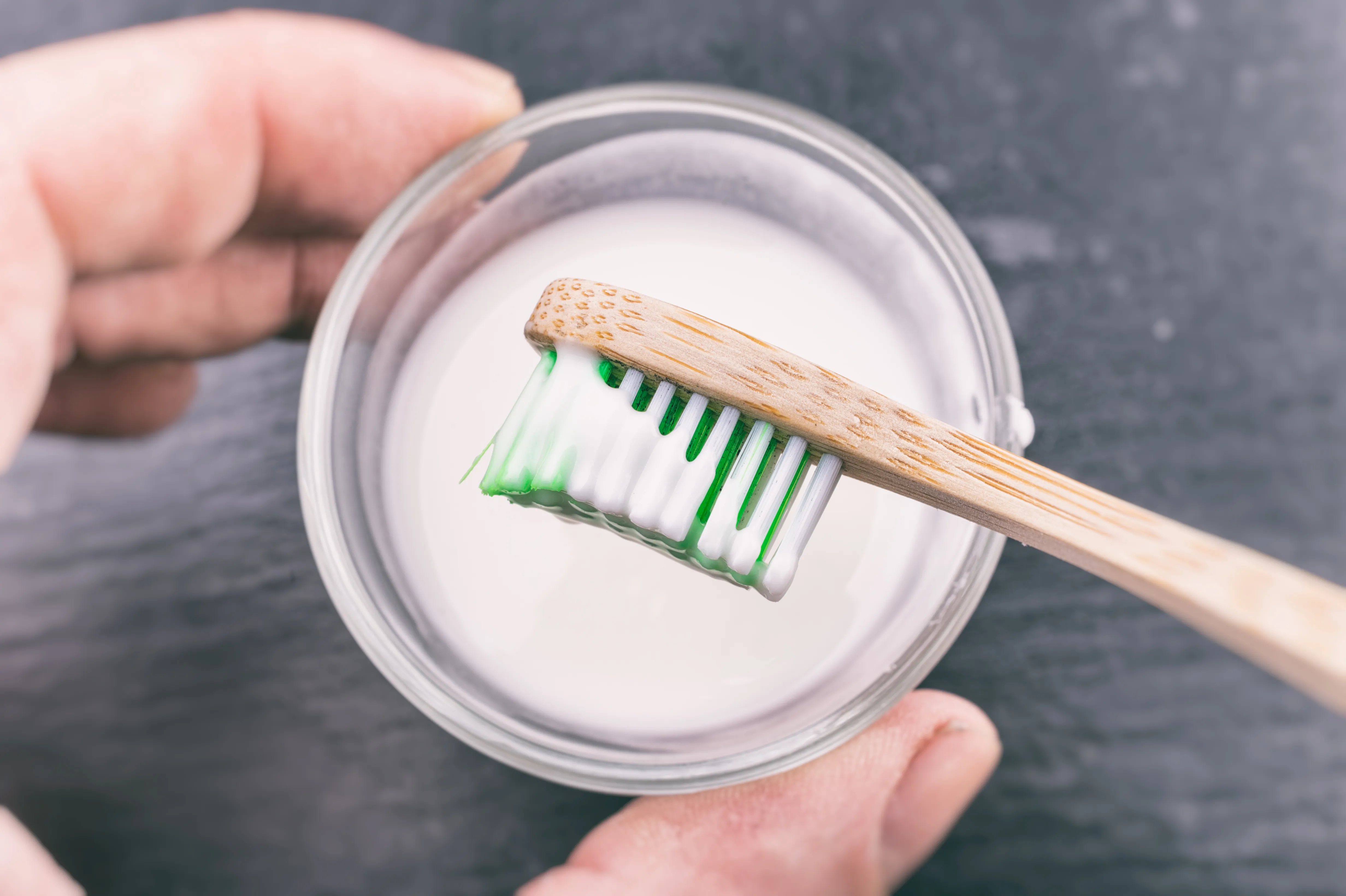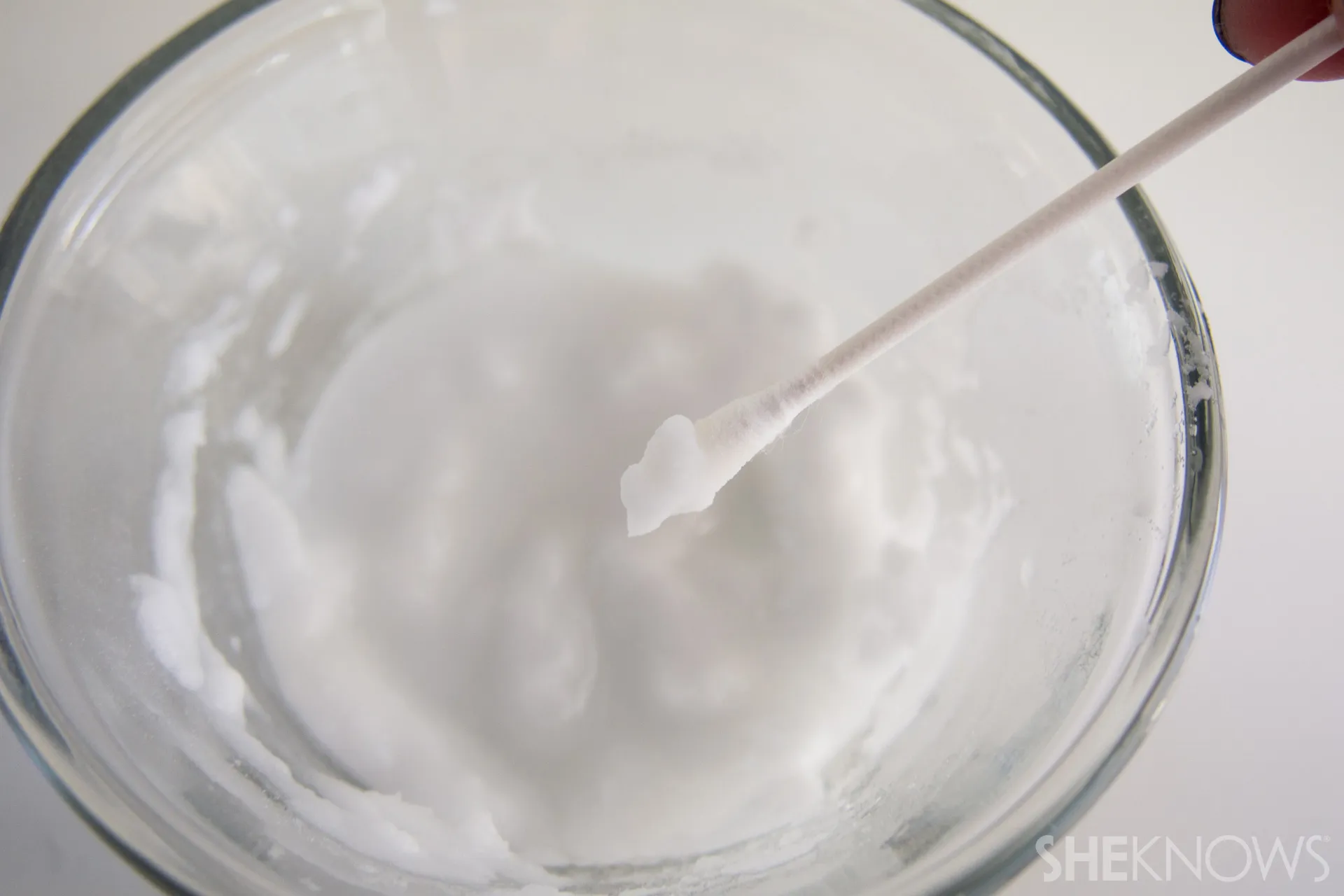What is Baking Soda and How Does it Whiten Teeth
Baking soda, also known as sodium bicarbonate, is a common household ingredient that has gained popularity as a potential teeth whitening agent. Its abrasive properties are often cited as the reason for its whitening effects. Many people turn to baking soda as a cost-effective and easily accessible alternative to professional teeth whitening treatments. However, it’s crucial to understand how baking soda works, its potential risks, and the correct way to use it to achieve desired results without causing harm. The following sections will delve into the science behind baking soda’s whitening abilities, safety considerations, and various recipes you can try.
Understanding Baking Soda
Baking soda is a mild abrasive. This means it can help remove surface stains from your teeth by gently scrubbing them away. These stains can accumulate from various sources like coffee, tea, wine, and tobacco. Additionally, baking soda has mild alkaline properties, which help neutralize acids in the mouth. This is beneficial because acids can erode enamel, leading to tooth decay and sensitivity. Baking soda can also act as an antibacterial agent, reducing the number of harmful bacteria in the mouth, which also contributes to overall oral health. Therefore, its use can contribute to a brighter smile.
The Abrasive Nature of Baking Soda

The abrasive quality of baking soda is its primary mechanism for whitening teeth. When used in small amounts and with proper technique, it can help scrub away surface stains. It is essential to understand that this is a mechanical process. Baking soda does not chemically bleach teeth like professional whitening treatments. Instead, it polishes the tooth surface, removing the discolored layer and revealing a brighter appearance. However, excessive or improper use can lead to damage. The abrasiveness of baking soda can be both beneficial and detrimental, highlighting the need for caution and moderation.
Effect on Enamel
While baking soda is a mild abrasive, it can still potentially damage tooth enamel if used too aggressively or frequently. Enamel is the hard, protective outer layer of your teeth, and once it’s worn away, it can’t be replaced. Over time, the abrasive action of baking soda can thin the enamel, making your teeth more susceptible to sensitivity, decay, and discoloration. Therefore, it is essential to use baking soda sparingly and with a soft-bristled toothbrush, employing a gentle brushing technique to minimize any potential harm. The goal is to clean the teeth without causing any damage.
Is Baking Soda Safe for Teeth Whitening
The safety of baking soda for teeth whitening is a subject of debate among dental professionals. While moderate use is generally considered safe for most people, excessive or incorrect application can pose risks. The key lies in understanding the potential downsides and taking necessary precautions. It’s crucial to consider individual oral health conditions and to consult with a dentist before incorporating baking soda into your oral hygiene routine. Factors such as the existing condition of your enamel, gum health, and brushing technique will influence the overall safety and effectiveness of using baking soda for teeth whitening. Making informed decisions about your oral care is very important.
Potential Risks of Using Baking Soda

Despite its popularity, using baking soda for teeth whitening comes with potential risks. These risks are often related to the abrasive nature of the substance and the way it interacts with the delicate tissues in your mouth. Prolonged or aggressive use can lead to enamel erosion, increased tooth sensitivity, and potential gum irritation. These factors can create a vicious cycle where the teeth become more vulnerable to damage and discomfort. Being aware of these potential problems and taking steps to mitigate them will protect your oral health. Always prioritize your overall oral health when using baking soda.
Gum Irritation
Baking soda can irritate the gums, especially if used too frequently or aggressively. The abrasive particles can inflame the delicate gum tissue, leading to redness, swelling, and bleeding. This irritation can be particularly problematic for people with sensitive gums or pre-existing gum disease. Regular use of baking soda can worsen these conditions, making the gums even more vulnerable to infection and recession. Using a soft-bristled toothbrush and avoiding excessive pressure while brushing can help minimize gum irritation. If irritation persists, it’s essential to stop using baking soda and consult a dentist.
Tooth Sensitivity
Enamel erosion caused by overusing baking soda can lead to increased tooth sensitivity. When the enamel thins, the underlying dentin, which contains nerve endings, becomes exposed. This exposure makes your teeth more sensitive to hot, cold, sweet, or sour foods and drinks. This sensitivity can be very uncomfortable and can make it difficult to enjoy certain foods. If you experience increased tooth sensitivity after using baking soda, you should reduce the frequency of use or stop altogether and consult your dentist. Using a toothpaste designed for sensitive teeth can also help alleviate the discomfort.
How to Make a Baking Soda Whitening Recipe

If you decide to try using baking soda for teeth whitening, it’s important to follow a safe and effective recipe. Several recipes combine baking soda with other ingredients to enhance its whitening properties or to mitigate potential risks. Proper preparation and usage will ensure that you maximize its benefits while minimizing its adverse effects. These recipes offer alternative ways to use baking soda in your oral hygiene routine. Always be gentle when brushing and pay attention to your teeth’s reaction to each recipe.
Baking Soda and Water Paste
The simplest and most common baking soda whitening recipe involves mixing baking soda with water to form a paste. Start by mixing one teaspoon of baking soda with enough water to create a paste-like consistency. It should not be too thick or too watery. This simple recipe allows you to use the basic whitening properties of baking soda without introducing any additional ingredients. When brushing, use a soft-bristled toothbrush and gently brush your teeth, using circular motions, for about two minutes. Rinse thoroughly with water after brushing. This recipe is a good starting point. It allows you to evaluate your teeth’s response to baking soda.
Baking Soda with Lemon Juice
Combining baking soda with lemon juice is another popular teeth whitening recipe. The acidity of lemon juice is believed to enhance the whitening effect, but this combination can also increase the risk of enamel erosion. Mix one teaspoon of baking soda with a few drops of fresh lemon juice to create a paste. Apply this paste to your teeth and let it sit for no more than one minute. The lemon juice can be very strong. Rinse thoroughly and brush your teeth with regular toothpaste afterward. Due to the high acidity, this recipe should be used sparingly and with caution, as it can harm enamel. It is important to note that the use of lemon juice is not recommended by many dental professionals.
Baking Soda and Coconut Oil

Coconut oil has gained popularity in oral health for its potential anti-inflammatory and antimicrobial properties. Mixing baking soda with coconut oil can create a gentler whitening paste compared to baking soda alone. Combine one teaspoon of baking soda with one teaspoon of coconut oil to form a paste. Coconut oil provides a less abrasive and more palatable texture and can help reduce irritation. Brush your teeth with this mixture for about two minutes, using gentle circular motions. Rinse thoroughly after brushing. This recipe offers a more gentle approach to whitening and may be better for individuals with sensitive teeth or gums. Coconut oil can also help moisturize the mouth.
Step-by-Step Guide to Applying the Recipe
To ensure the safe and effective use of baking soda for teeth whitening, follow these steps. Before using any recipe, thoroughly brush your teeth with your regular toothpaste to remove food particles and plaque. Prepare your chosen baking soda recipe according to the instructions. Apply a small amount of the paste to your toothbrush, making sure not to overload it. Use a soft-bristled toothbrush to brush your teeth. Employ gentle, circular motions to avoid damaging your enamel and gums. Brush for about two minutes. After brushing, rinse your mouth thoroughly with water. This step-by-step approach will give you the best results.
Proper Brushing Technique
The way you brush your teeth is critical when using baking soda. Use a soft-bristled toothbrush to minimize abrasion. Apply gentle, circular motions to all surfaces of your teeth. Avoid scrubbing back and forth, as this can wear down the enamel. Apply light pressure, as you don’t need to scrub hard to remove stains. Be sure to brush all sides of your teeth, including the front, back, and chewing surfaces. Gentle brushing will help you maximize whitening benefits and protect your oral health.
Frequency of Use

Due to its abrasive nature, it is essential to limit the frequency of baking soda use. Do not use baking soda for teeth whitening more than once or twice a week. Overusing it can increase the risk of enamel erosion and gum irritation. It’s important to listen to your teeth and gums. If you notice any sensitivity, stop using baking soda immediately. Use your regular toothpaste for most brushings. This will help protect your enamel while still benefiting from baking soda’s whitening properties. A balanced approach will give you the best results without compromising your oral health.
Other Effective Teeth Whitening Methods
If you are seeking to whiten your teeth, several other methods offer varying levels of effectiveness and safety. These alternatives range from professional dental treatments to over-the-counter products. These methods offer effective alternatives to baking soda and come with different levels of effectiveness and convenience. Consulting with your dentist will help you find the best option for your oral health needs. These can provide a more comprehensive approach to whitening, protecting your teeth and gums.
Professional Teeth Whitening Options
Professional teeth whitening is one of the most effective and safest ways to whiten your teeth. Dentists use high-concentration bleaching agents, often with the assistance of specialized lights or lasers, to break down stains and lighten the enamel. The results are usually significantly better and more consistent than with at-home methods. Professional treatments are performed in a controlled environment, minimizing risks such as gum irritation and enamel damage. Your dentist will assess your oral health to ensure you are a good candidate for the procedure. This personalized approach will give you a brighter smile and will help maintain your oral health. This is usually the most effective option.
Over-the-Counter Whitening Products

Numerous over-the-counter (OTC) teeth whitening products are available, including whitening toothpaste, strips, and gels. These products typically contain lower concentrations of bleaching agents than professional treatments, making them less potent. Whitening toothpaste usually contains abrasives or mild bleaching agents to remove surface stains. Whitening strips and gels typically use peroxide-based solutions to lighten the teeth. OTC products can be a convenient and cost-effective option for those seeking a brighter smile, but they may not provide dramatic results. When using OTC products, it’s essential to follow the instructions carefully and consult with your dentist if you have any concerns. Also, it’s important to choose products that are approved by dental associations.
Consulting Your Dentist
Before trying any teeth whitening method, it is always best to consult with your dentist. Your dentist can assess your oral health, identify any underlying issues, and provide personalized recommendations. They can determine if teeth whitening is suitable for you and suggest the most appropriate method. Your dentist can guide you on the safe use of baking soda and other whitening products. They can also offer professional teeth whitening treatments if needed. This ensures you achieve the desired results while maintaining optimal oral health. Professional advice can prevent potential complications and protect your smile.
In conclusion, while baking soda can potentially help whiten your teeth, it’s essential to use it with caution and understand its limitations and risks. Following the recommended recipes, proper brushing techniques, and frequency guidelines can help minimize potential harm. Always prioritize your oral health and consider consulting with a dentist before trying any teeth whitening method. Explore the other teeth whitening options available, from professional treatments to over-the-counter products, to achieve a brighter and healthier smile. Remember that oral health is a journey, and making informed decisions will help you maintain a beautiful and healthy smile for years to come.
